Manman Huijia is committed to deepening local culture and reinterpreting Chiayi’s classic Eight Scenic Spots of Zhuluo in the form of modern installation art, which are displayed in theme exhibitions on each floor. We hope that visitors can rediscover the beauty of traditional attractions from a new perspective through these unique artistic expressions, and experience the historical and cultural charm of Chiayi.
Each floor is a journey of exploration, allowing you to enjoy a feast of culture and art in a comfortable accommodation environment.
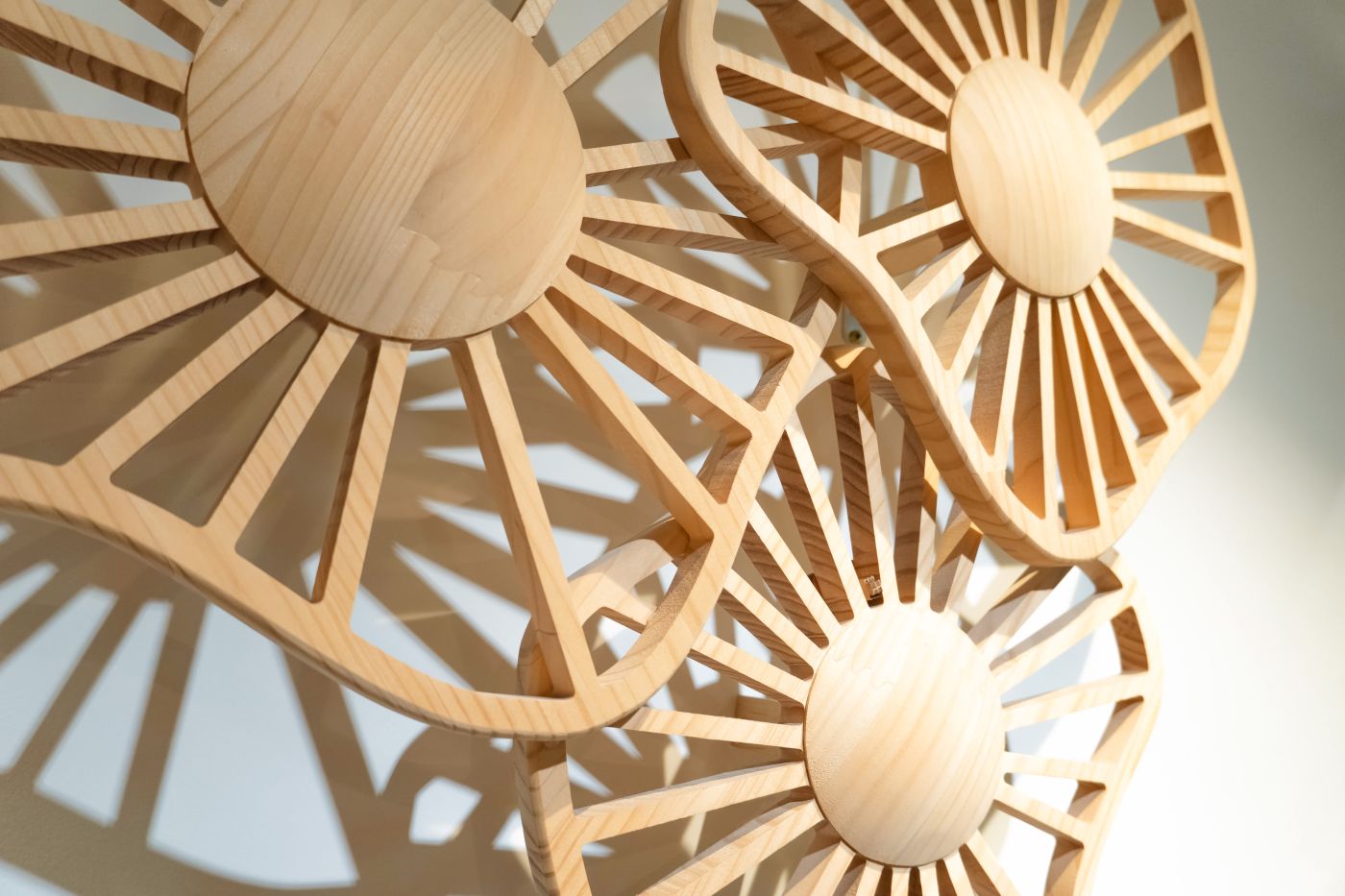
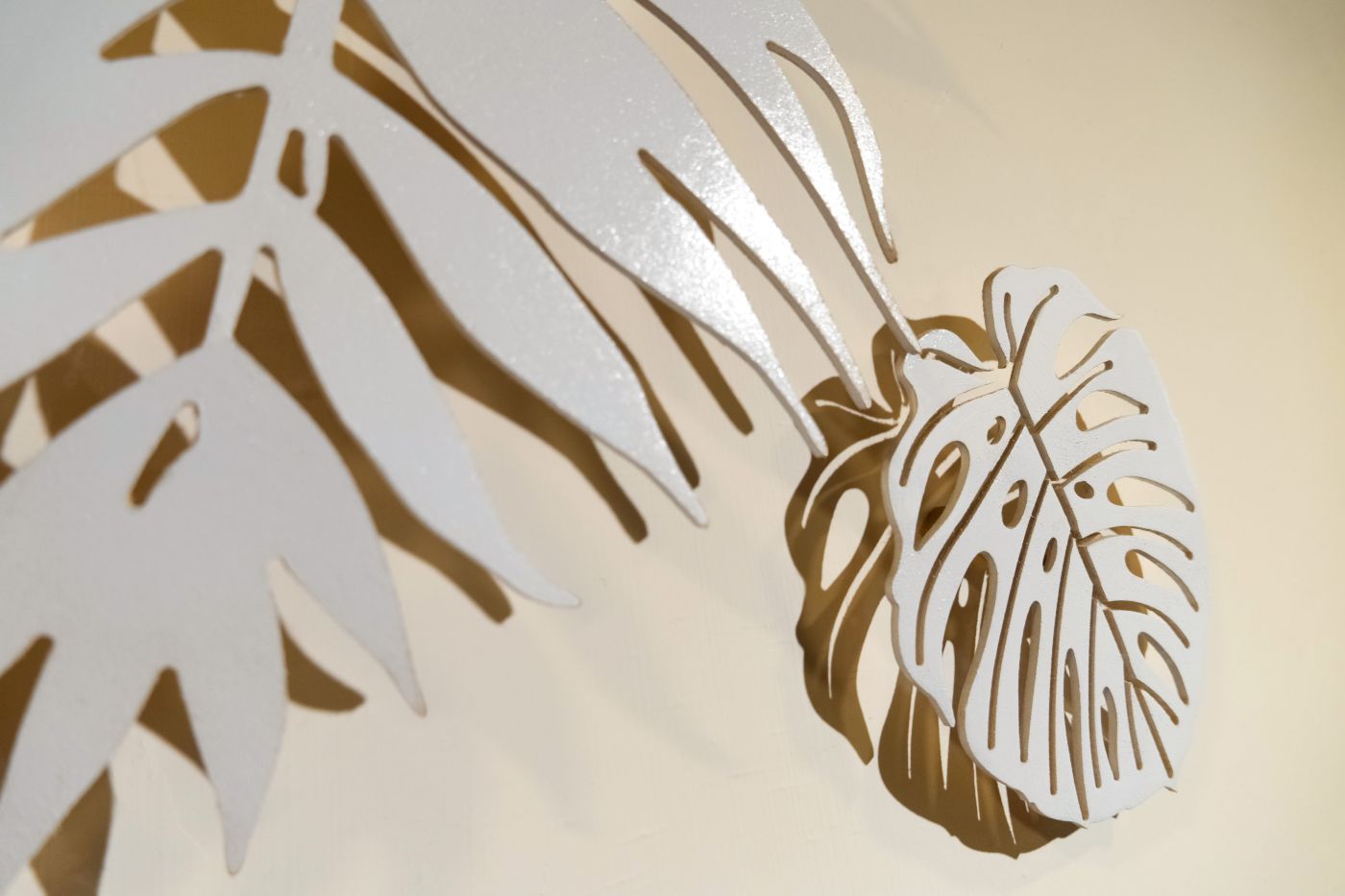

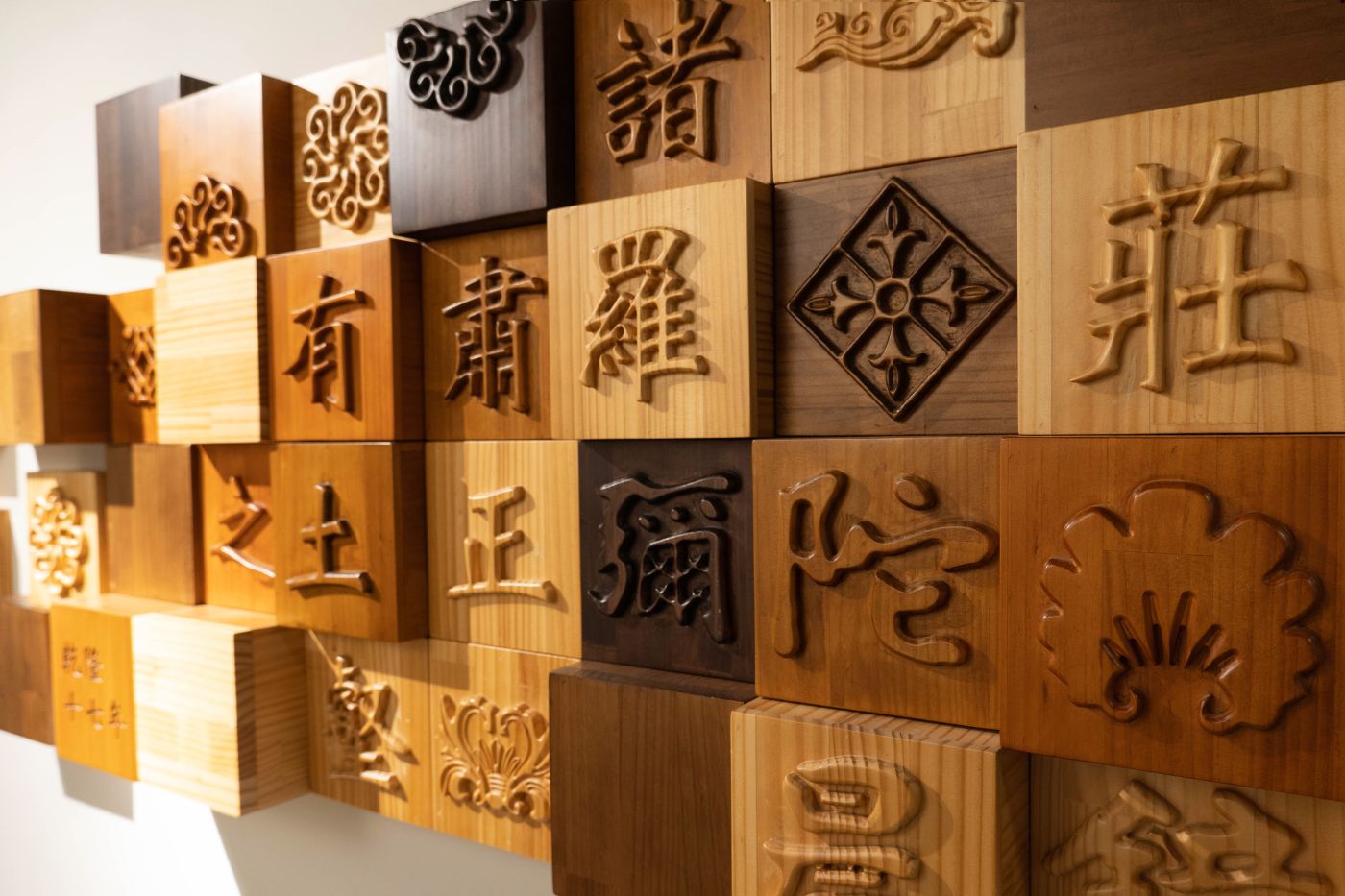
Fishing in Hinoki Pond - Sugi Pond next to the Cultural Center
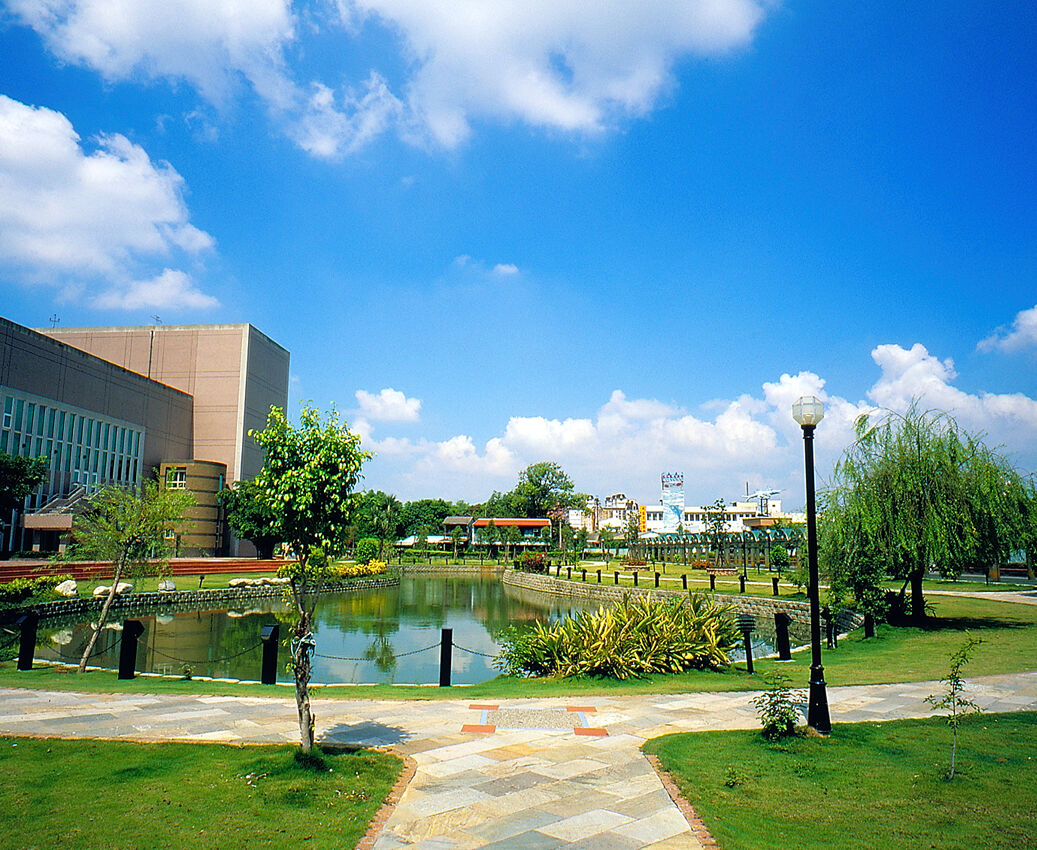
This Day in History - [Shanchi] Taiwan Timber Distribution Center
During the Japanese colonial period, due to the development of the Alishan timber industry, Chiayi City's population doubled and prospered rapidly, becoming Taiwan's timber distribution center. The current location of the Municipal Cultural Center was the largest in East Asia at that time.
After the construction of the Alishan Railway was completed, a wood storage pool was built to soak and store wood, most of which was cypress, so it was also called the Cypress Pool. The pond is surrounded by trees, with thick shades covering the sky. A gentle breeze blows and the fragrance of cypress wafts in the air. Fishing under the trees gives you the same pleasure as Taigong fishing in the Wei River. It is truly a leisure resort. Now the Chiayi City Cultural Bureau is actively enriching its various activities with arts and culture, hoping to inherit the ancient Zhulu style of literature, create a new culture for Chiayi, and strive to get the whole people to participate in cultural construction, everyone to appreciate performances, and improve the quality of life in the Chiayi area.
Park after rain - Chiayi Park
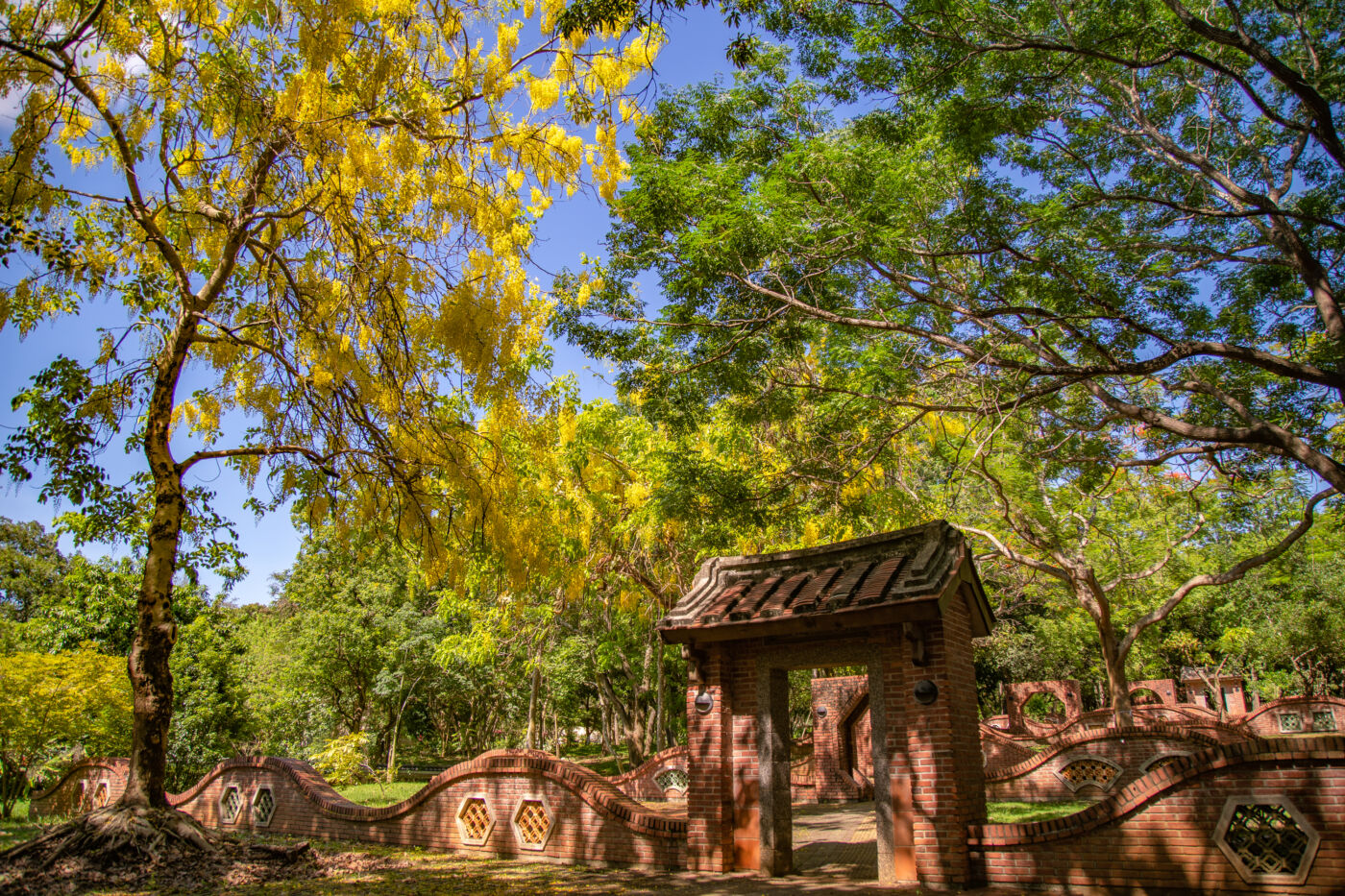
Chiayi Centennial Park covers an area of about 268,000 square meters. The park is home to towering ancient trees, pavilions, waterside terraces, rockery, fish ponds, and winding paths. As it makes use of natural landscapes, the scenery is elegant and it can be described as a relaxing resort. There are historical sites such as the Historical Archives, Sun-Shooting Tower, Confucius Temple, Fukang'an Memorial, and Earthquake Memorial, making it an ideal place for people to relax and have fun.
Chiayi Centennial Park has a rich and rare treasure of culture and history, which reflects the cultural characteristics of multiple ethnic groups and dynasties. It is worth a close visit and careful appreciation. In addition, the forestry and agriculture experimental stations located on the northeast side of the park are planted with a variety of tropical plants. The dense shade and green leaves swaying in the wind are also worth a visit.
Chiayi Arboretum
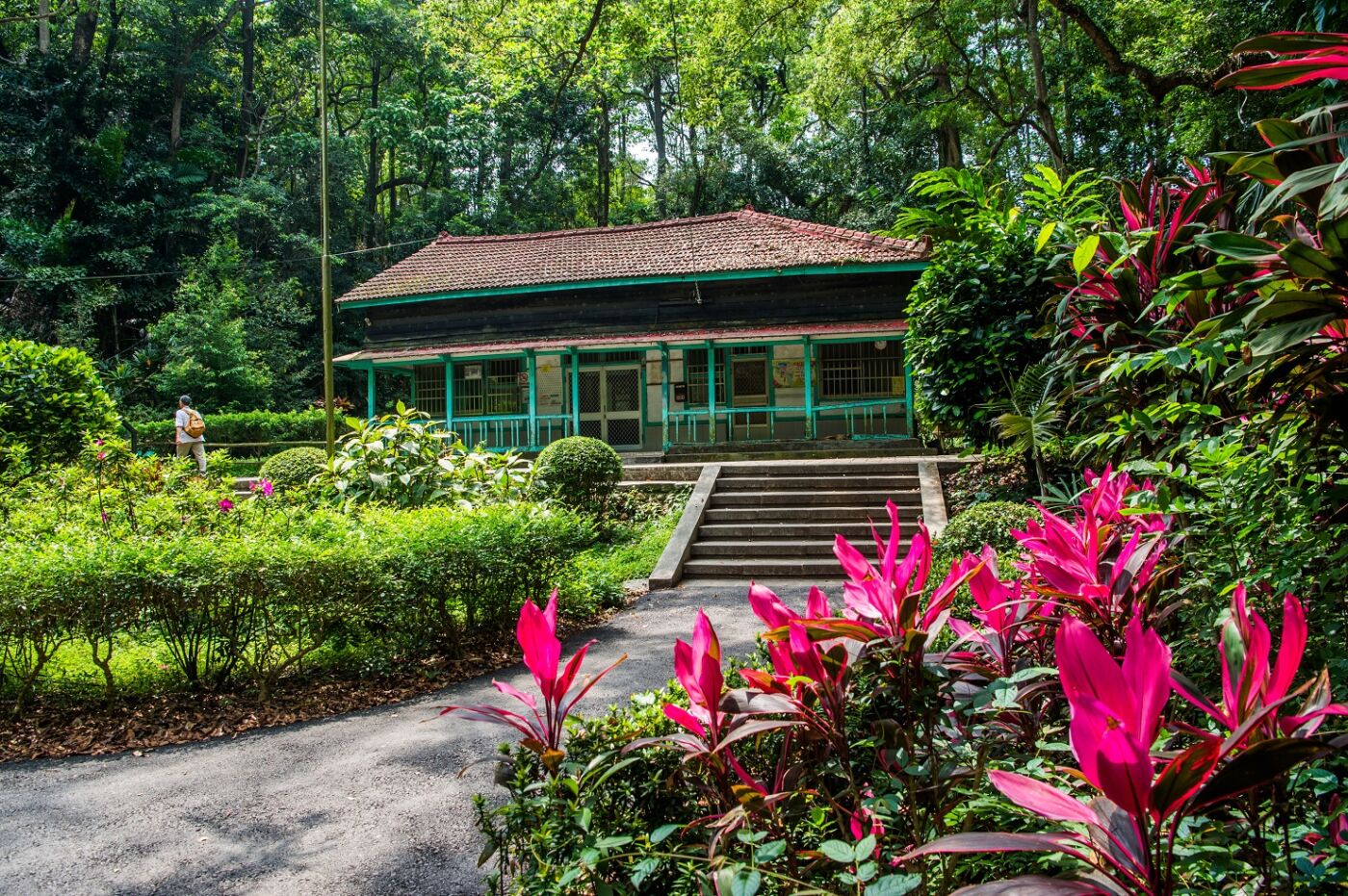
The arboretum was established in 1908 and is located on the northeast side of Chiayi Park. It was originally a rubber seedling production and testing site, and was later changed to a planting test area for tropical economic tree species. It was originally a planting test site for tropical economic tree species, and was later operated as a mother tree garden and is affiliated with the Forestry Experiment Station of the Council of Agriculture.
Because it is a forestry experimental station and Chiayi is located in the Tropic of Cancer, it conducts various tropical and subtropical afforestation experiments. In the early days, it introduced more than 100 species of economic trees such as Brazilian rubber trees, Indian purple almonds, blackboard trees, and mahogany from various parts of Southeast Asia. It adopts a group planting method of one tree species without a systematic zoning plan.
There are currently 140 species of trees planted in the park. After hundreds of years, the trees in the park stand tall and straight, and the natural simplicity fully presents the tranquil atmosphere of the forest. It is indeed an important [leisure green space] in Chiayi City and an extremely precious "urban botanical garden" in Taiwan. It has multiple functions such as nature conservation, academic research, teaching visits, leisure and recreation, and is the best attraction for leisurely traveling in the "plant world".
Beixiang Autumn Lotus-Beixiang Lake Park
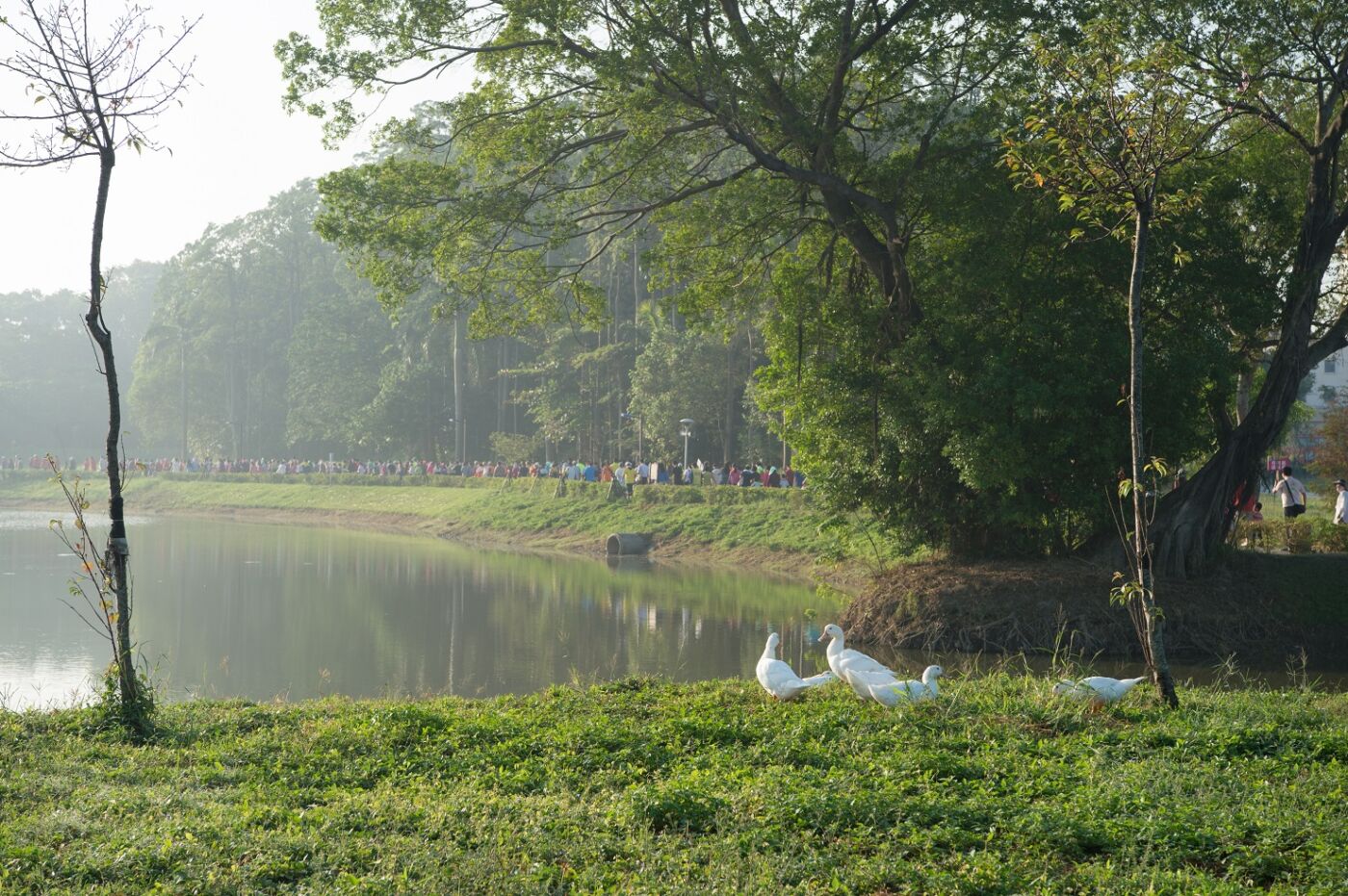
Chiayi City's "Beixiang Lake Park" covers an area of approximately 25.26 hectares, second only to Chiayi Park. It is the second largest park in Chiayi City and is positioned as a forestry culture theme park.
Beixiang Lake Park recreates one of the Eight Scenic Spots of Zhuluo recorded in Qing Dynasty documents - Beixiang Autumn Lotus. Therefore, the park has Beixiang Lake and more than 2,000 shrubs, more than 70,000 trees and other plants. Together with the surrounding Boai Park and Pizitou Botanical Garden, it is the largest park green space in the West District and the lung of Chiayi City. The park has Songfeng Pavilion, cherry blossom forest, Pizitou Botanical Garden and grass slope landscape area for tourists to enjoy.
Lantan Moonlight-Lantan Music Fountain
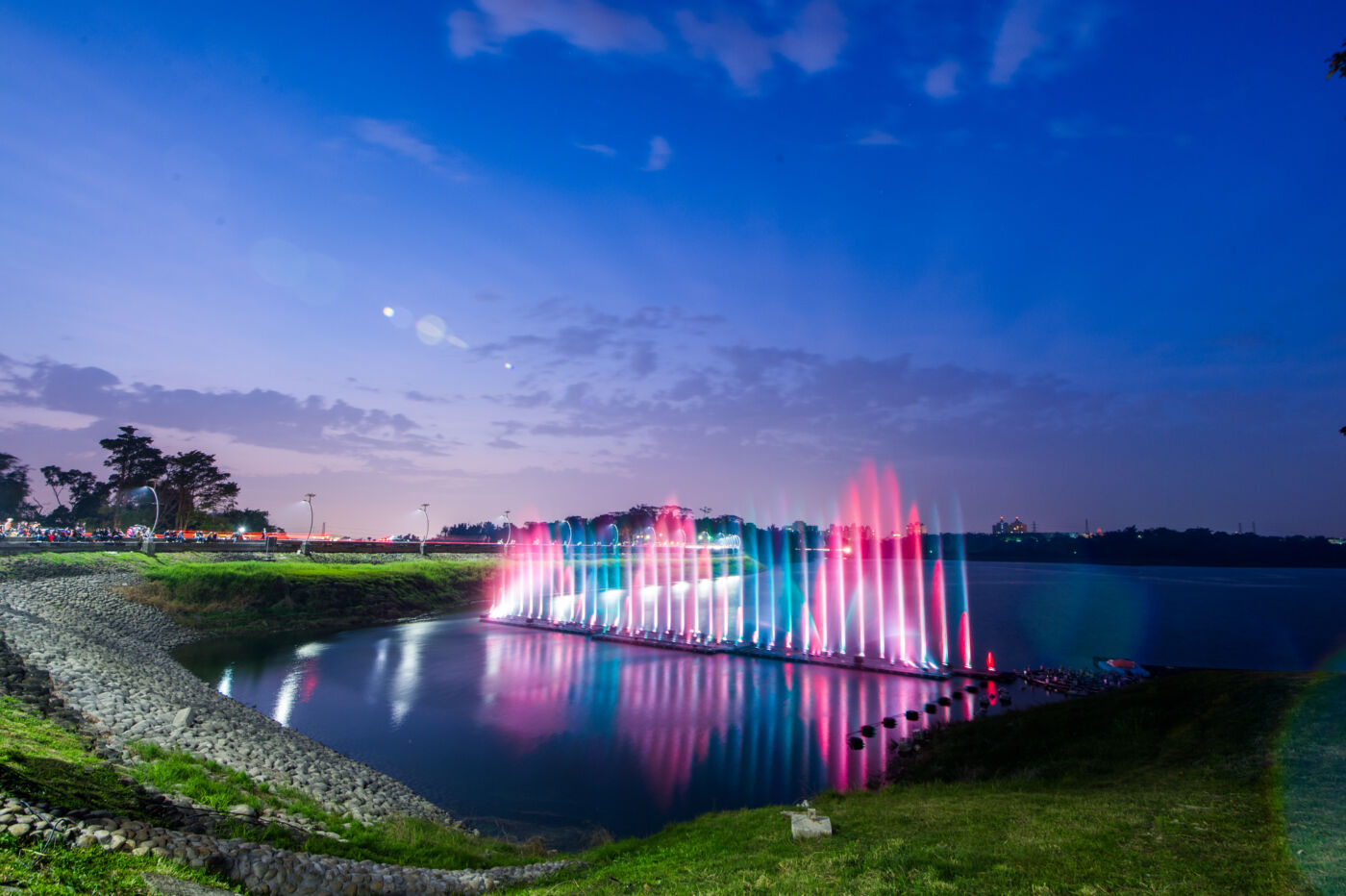
The Lantan Fountain, with lights and music, has designed a total of 8 wonderful "shows", including 35 water columns, a pillar supporting the sky, seagull water dance, twist, left and right swing, crown water dance, arch fountain and left and right swing water dance. The maximum water spray height can reach 50 meters. It is the largest permanent water dance show in the country. Next to it is the elegant Moon Shadow Lake. Combined with the quiet atmosphere of the Lantan Scenic Area at night, it is definitely a double feast for the eyes and ears.
Amitabha Morning Bell-Amitabha Temple
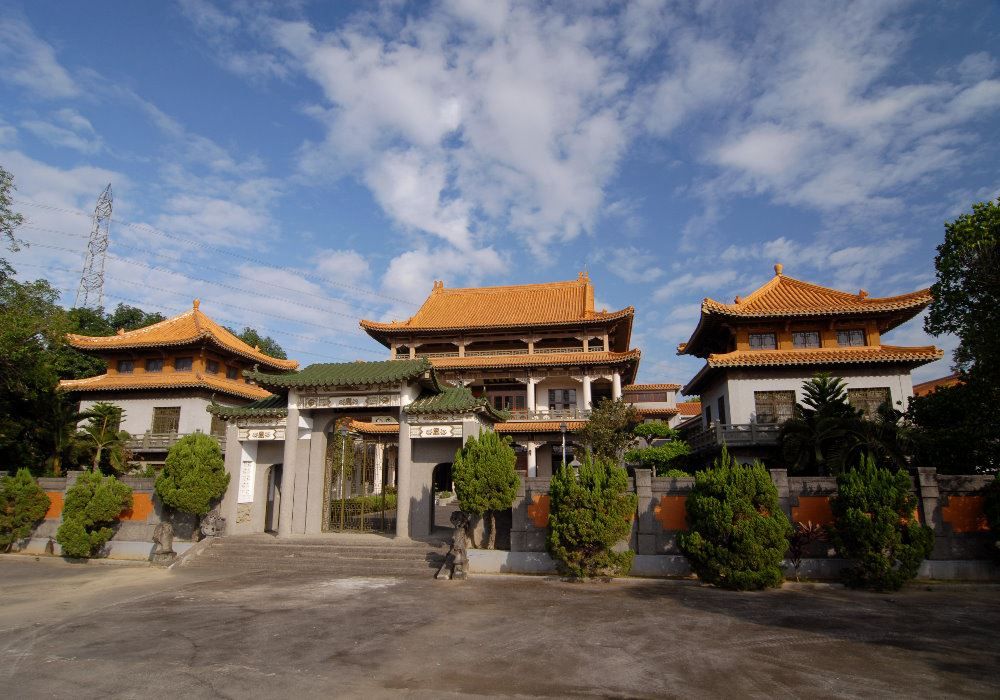
Mituo Temple, also known as Mituo Zen Temple, is located in the eastern district of Chiayi City. The history of the temple can be traced back to the 17th year of Emperor Qianlong's reign in the Qing Dynasty (1752). Initially, it was dedicated to Amitabha Buddha, but later changed to Sakyamuni Buddha. Located on the banks of the Bazhang River in Chiayi City, the Mituo Temple has undergone several reconstructions, including one in 1913 when it was damaged by an earthquake in the early days of Japanese rule and rebuilt by Monk Yimin of Dagangshan. It has long been a religious center for local residents and visitors. The temple is famous for its early morning bells.
The sound of this bell in the quiet morning brings a sense of peace and tranquility to local residents and visitors, and is a landscape of historical and cultural significance in the Chiayi area.
Kangle Dusk
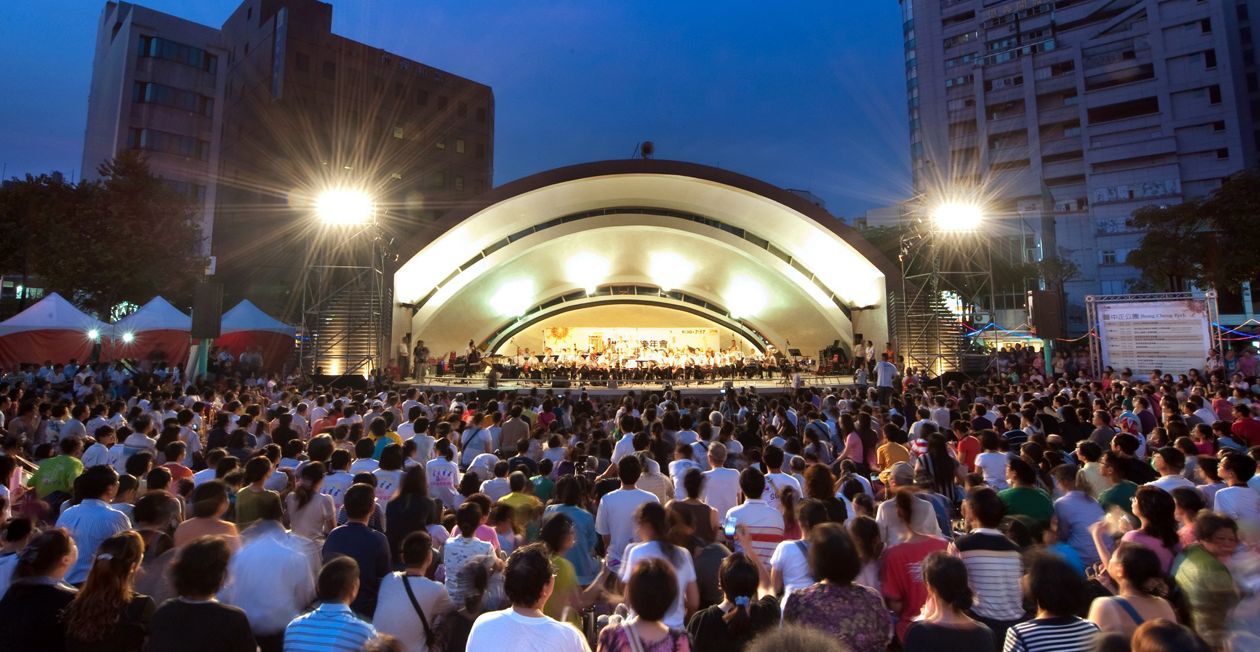
Today, Zhongzheng Park is the best outdoor music performance venue in the city center.
Zhongzheng Park was originally the seat of the Zhuluoshan Community Office of the Hongya tribe in the plains. It was opened as a foreign teaching ground during the Qing Dynasty and built as a public hall during the Japanese colonial period. At that time, it had the largest restaurant in Taiwan that could accommodate more than a thousand people. After World War II, it was renamed Zhongshan Hall and turned into a recreational area with a stadium and library. The "Recreation Evening Drum" was once one of the eight scenic spots in Chiayi. Although the park is not large, it is characterized by the group of celebrity statues that line the park. Among them, the statue of the former mayor Xu Shixian, who is known as the Mazu of Chiayi, is the most famous.
Zhongzheng Park was completed in 1989. It has an open-air music stage in the park. The stage is 2,000 cm wide and 1,670 cm deep, with a total of 600 seats. There is also an actor's dressing room in the basement and an underground paid parking lot, which can thoughtfully solve the parking pressure for you. It is the best outdoor performance venue in the city center. The small exhibition hall in the park serves as an art and cultural venue, where art and cultural activities are often held. It is full of vitality and joy. The scenery and facilities are full of humanistic and artistic style, especially at night when the lights are bright, which gives it a unique European artistic atmosphere.
Heron Bridge Crossing Waves
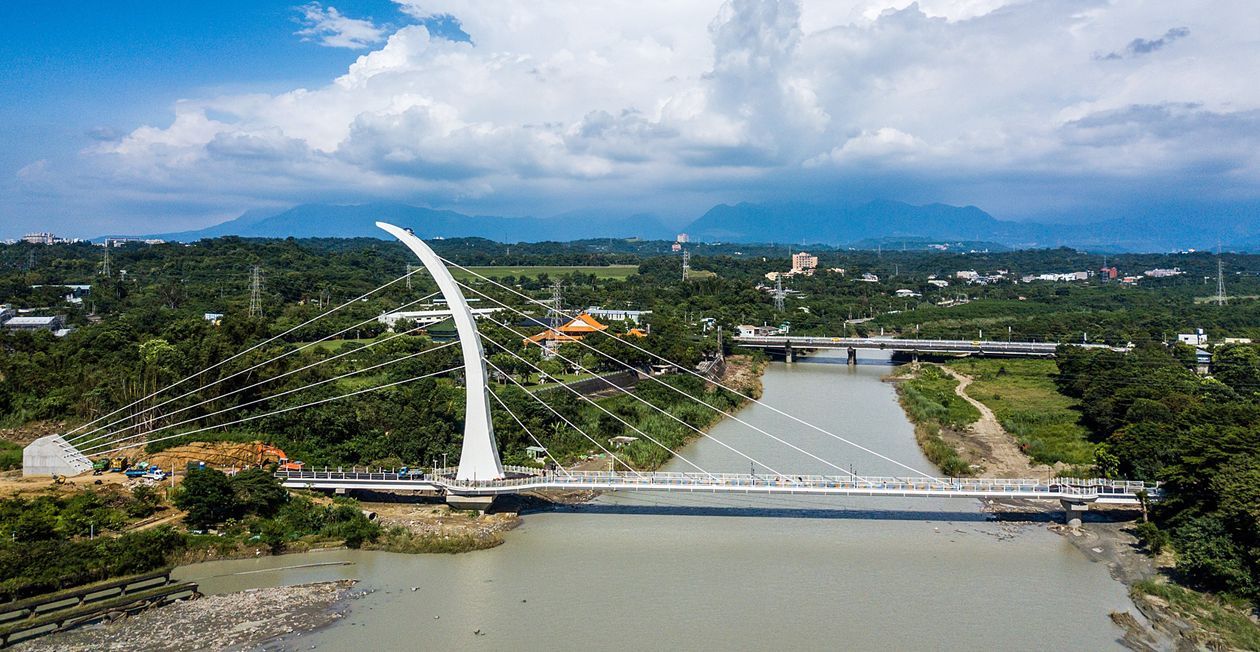
It was called Bailu Bridge in ancient times, and now it is called Junhui Bridge. There is also Mituo Yingyue Bridge.
In 1933 (during the Japanese occupation), the Chiayi City Hall built a new concrete bridge with a total length of more than 500 feet and a height of more than 25 feet at the current site of Junhui Bridge. From a distance, the white-gray bridge looks like a group of egrets lined up in a row, flying neatly over the water, so it is called "White Egret Bridge" (Guo Lu Bridge). After every heavy rain, the stream water surges and the surging scene on both sides of the stream is as spectacular as thousands of horses galloping. Therefore, "Lu Bridge Crossing the Waves" became one of the eight scenic spots of Zhulu in the past.
The Bailu Bridge crosses the Bazhang River. After its completion, it gradually became the main bridge for transportation from Chiayi City to Alishan. Later, it was destroyed by the August 7th Flood in 1959 and was rebuilt by the officers and soldiers of the Nationalist Army stationed at that time. It was finally completed and opened to traffic again in 1950. In order to commemorate and appreciate the hard work of the officers and soldiers of the Nationalist Army, it was officially renamed "Junhui Bridge."
In order to recreate the Lu Bridge crossing the waves, the Mituo Yingyue Bridge was recently built. It is a single-tower inclined landscape bridge that spans the border between Chiayi County and City, connecting the Golden Wind Bell Tree Trail and the Riverside Sports Park, and offering a panoramic view of the beautiful scenery of Bazhang River.
aboveThe pictures and text are reproduced from Taiwan Travel Network & Chiayi Tourism Network & Tourism Bureau, Ministry of Transportation and Communications
【Return to Jialing】
Reservation hotline: 05-222-3366
Official LINE customer service: @808eokmf
Address: No. 175, 177, Minsheng North Road, West District, Chiayi City


